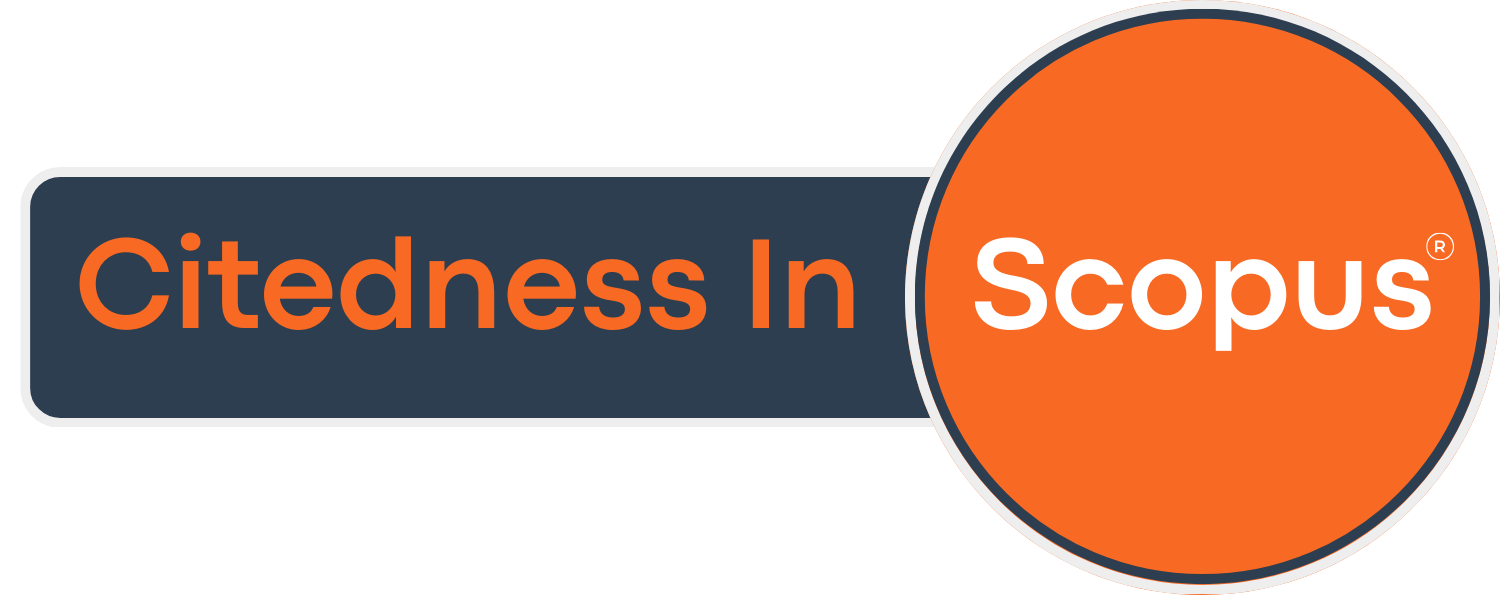Pengaruh Temperatur dan Waktu Etching Terhadap Karakeristik Fisik dan Mekanik Pelapisan Nikel pada Plastik ABS dengan Metode Elektrolessplating
Effect of Etching Temperature and Time on Physical and Mechanical Characteristics of Nickel Plating on ABS Plastic with Electrolessplating Method
DOI:
https://doi.org/10.21070/r.e.m.v3i2.1790Keywords:
Etching Time, Temperature Etching, Nickel Electrolessplating, ABS PlasticAbstract
ABS Plastic (Acrylonitrile Butadiene Stiren) is one type of plastic that is often used because of the many properties that are beneficial to humans. ABS plastic is widely used in engineering, for example in the electronics and automotive fields. But there are still disadvantages of ABS plastic, including low hardness, no friction resistance, and no heat resistance, so surface treatment is needed. Electrolessplating is a coating process that does not use electricity in the coating process. This study aims to determine the effect of temperature and time variation of nickel electrolessplating etching on roughness, wear, hardness, and thickness. The variation in etching temperature is 30; 40; 50; 60; and 70oC and the etching time is 15, 20, 25, 30 and 35 minutes followed by electrolesplating using nickel for 10 minutes. The tests carried out were surface roughness test, disk on block method wear test, hardness using Shore Durometer tool, and layer thickness using micro photos and scanning electron microscopy (SEM). The results showed that the etching process from electrolyplating affected the specimen surface to be coated with nickel metal. The longer the etching time causes the surface to become coarser from 0.435 μm at 15 minutes to 0.949 μm in 35 minutes. The temperature addition of the etching process will increase the surface surface to a temperature of 50oC at 0.499 μm and then drop. Increasing etching time from 15 minutes to 35 minutes will reduce specific wear, from 1.268 x 10-4 mm2 / kg to 0.465 x 10-4 mm2 / kg. Likewise, the etching temperature from 30oC to 70oC decreases the specific wear from 2.10 x 10-4 mm2 / kg to 0.255 x 10-4 mm2 / kg. The addition of etching and temperature etching time does not significantly increase the hardness value of electrolessplating results. Hardness of raw material is 83.5 shore D after coating the hardness value to 84.7 shore D. The electrolessplating process for 10 minutes produces a layer thickness of 1 μm to 2 μm.
References
Santhiarsa, N., “Pengaruh Temperatur Larutan dan Waktu Pelapisan Elektroles Terhadap Ketebalan Lapisan Metal di Permukaan Plastik ABS,” Prosiding Konferensi Nasional Engineering Perhotelan VII, 4(1): 22, 2016.
Zohari, A., Pengaruh komposisi larutan, variasi arus dan waktu proses pelapisan khrom pada plastik ABS terhadap sifat mekanis. Tesis, Teknik Mesin, Fakultas Teknik, Yogyakarta: Universitas Gajah Mada, 2013.
Yuniati, “Optimasi tahap aktivasi pelapisan logam nikel pada plastik ABS,” Jurnal Teknik Politeknik Negri Lhokseumawe, 10(2): 1-4, 2010.
Anggariawan, A, Pengaruh Variasi Kandungan Bahan Daur Ulang Terhadap Sifat Termal Acrylonitrile Butadiene Styrene, Tugas akhir, Jurusan Teknik Mesin Fakultas Teknik, Yogyakarta: Universitas Muhammadiyah Yogyakarta, 2017.
Yli-Pentti, A., “Electroplating and Electroless Plating,” Comprehensive Materials Processing, 4(11):277-306, 2014.
Tang, C., M., Bi, C., Yan, L., Zhang, B., “Research on a new surface activation process for electroless plating on ABS plastic,” Materials Letters, 5(11): 1089-1091, 2008.
Tang, W., J., Wang, C., Shen B., “A novel surface activation method for Ni/Au electroless plating of acrylonitrile–butadiene–styrene,” Surface & Coating Technology, 7(13): 347-358, 2011.
Downloads
Published
Issue
Section
License
Copyright Notice
Authors retain copyright and grant the journal right of first publication with the work simultaneously licensed under a Creative Commons Attribution 4.0 International License that allows others to share the work with an acknowledgement of the work's authorship and initial publication in this journal.







